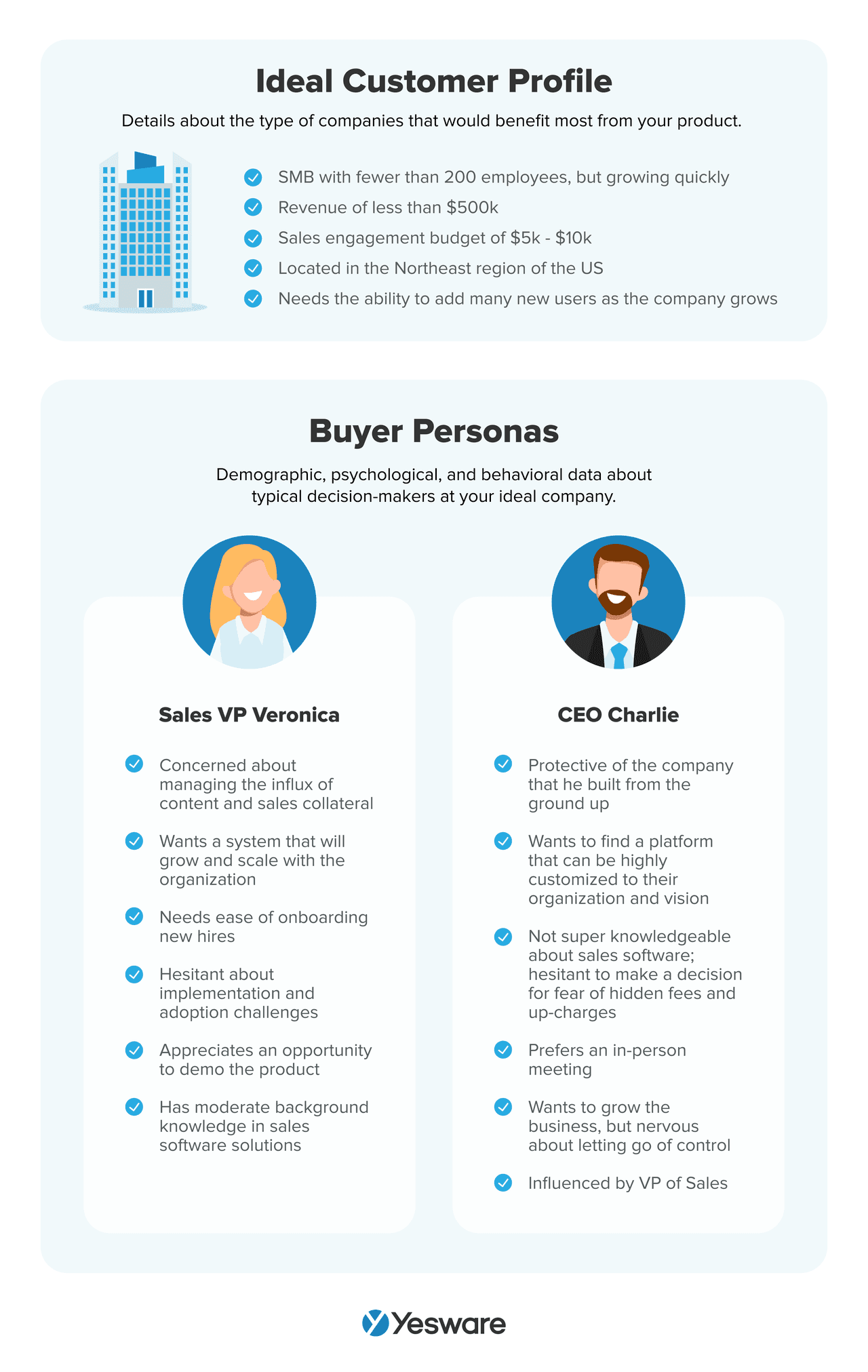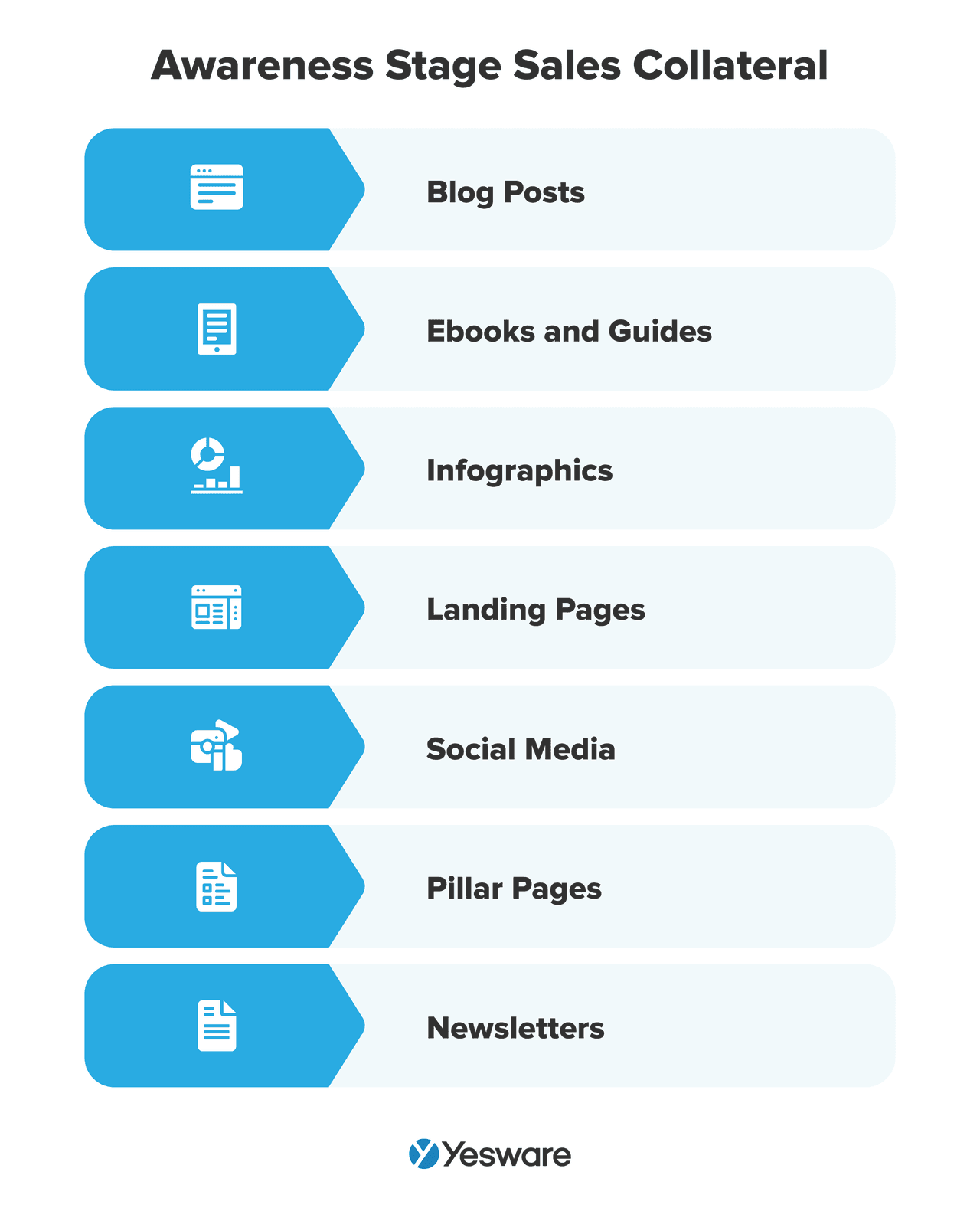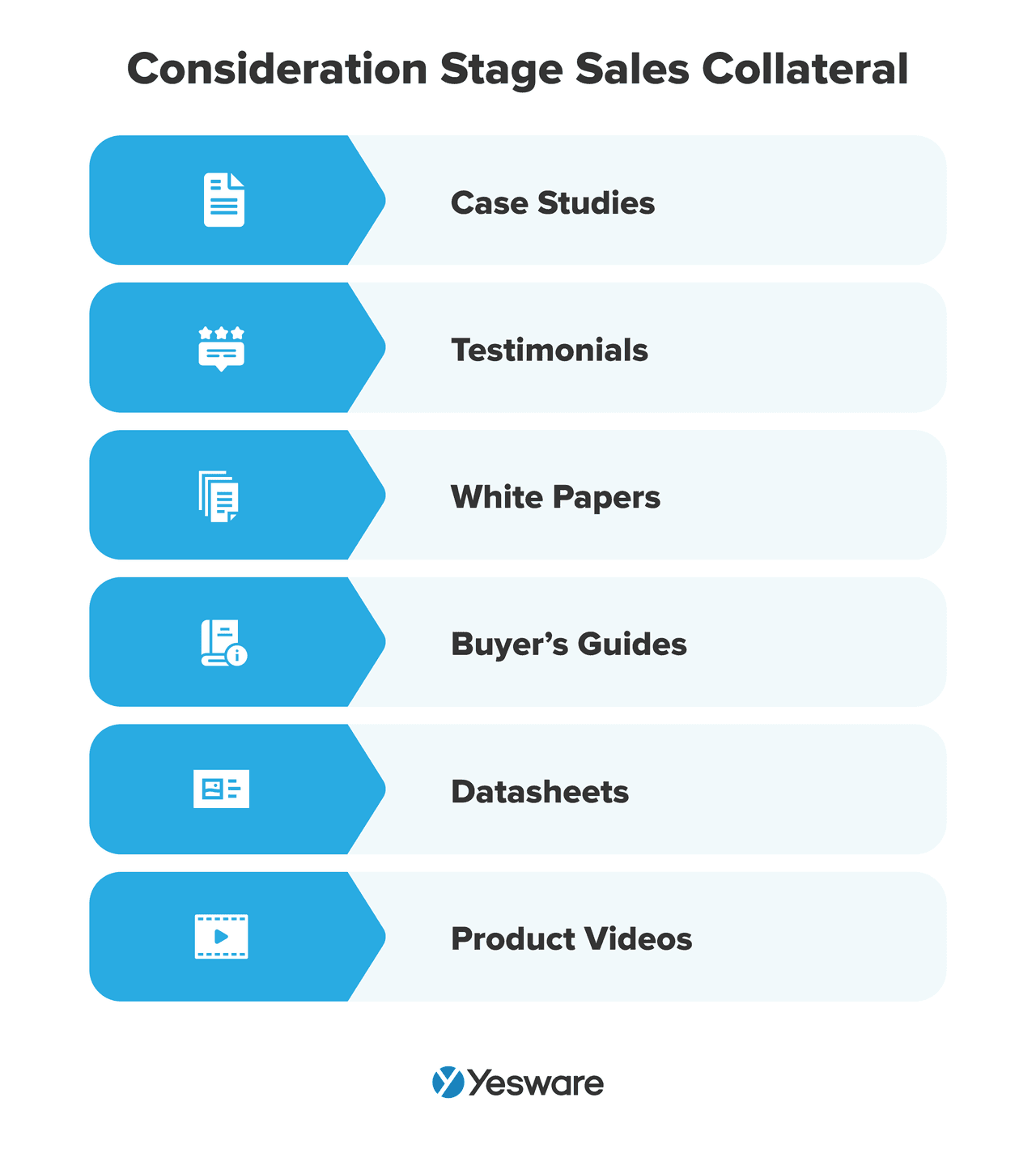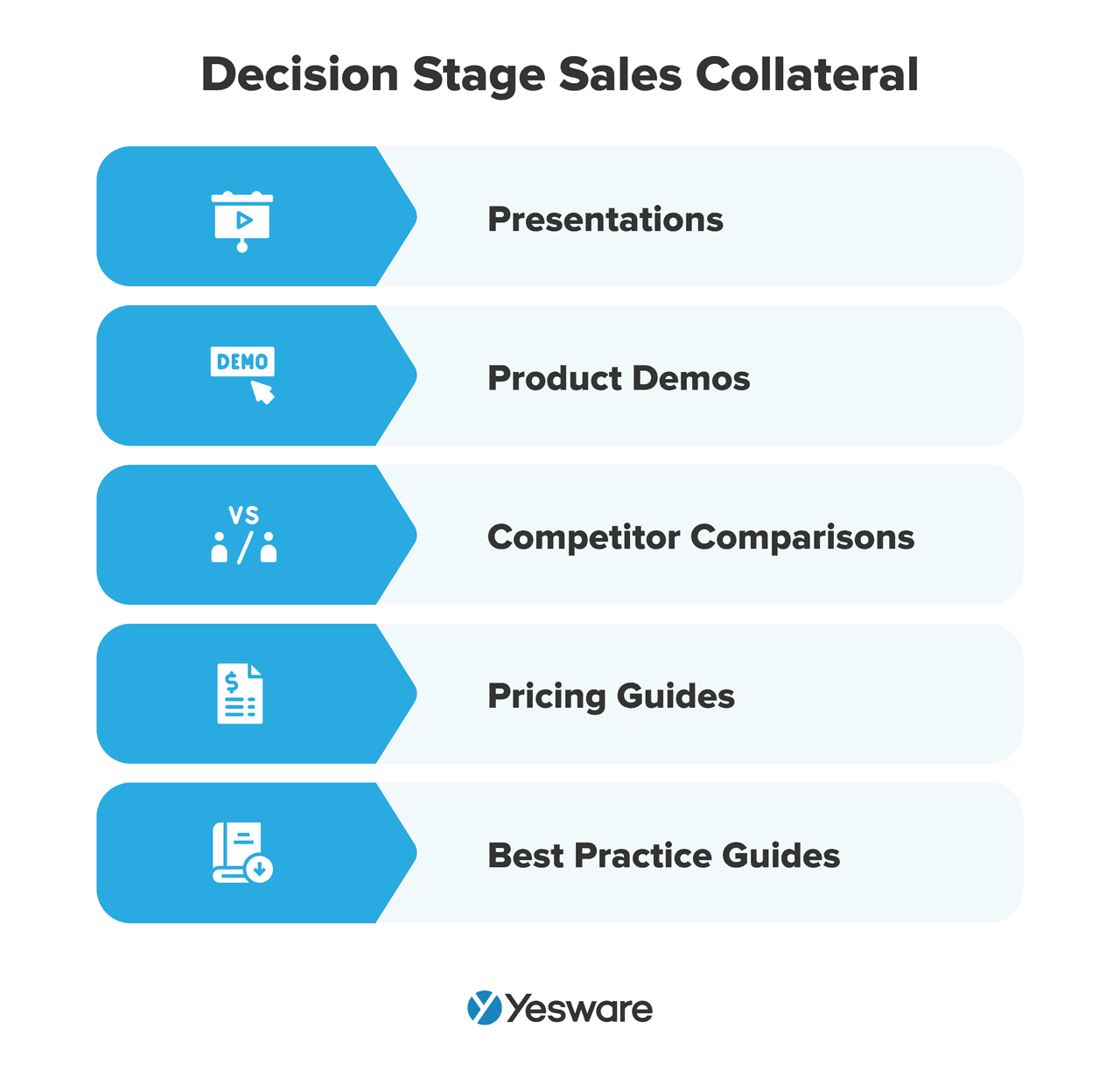How to Build a Sales Funnel: Stages, Examples, Template
Jenny Keohane
Contents
- What Is a Sales Funnel?
- Why Is a Sales Funnel Important?
- Benefits of a Sales Funnel
- Sales Funnel Stages: What Happens and When?
- How to Build a Sales Funnel
- The Best Type of Content for Each Stage
- How to Use Sales Funnel in Lead Scoring
- Sales Funnel Example
- Sales Funnel Template
- How to Measure and Optimize Your Sales Funnel
- Conclusion
Without a sales funnel that works, companies will miss out on a ton of revenue.
Sales funnels drive consistent sales by bringing in customers on autopilot and nurturing warm leads into loyal, repeat customers.
But getting them right is hard.
Putting all the moving pieces together can often feel like rocket science, and the abundance of complicated guides out there can make setting up a simple sales funnel an incredibly daunting task.
Let’s break it down into 4 simple steps to help you build out a sales funnel that boosts conversion rates and turns more potential customers into loyal customers.
Here’s what we’ll cover:
- What Is a Sales Funnel?
- Why Is a Sales Funnel Important?
- Benefits of a Sales Funnel
- Sales Funnel Stages
- How to Build a Sales Funnel
- Best Type of Content for Each Stage
- How to Use Sales Funnel in Lead Scoring
- Sales Funnel Example
- Sales Funnel Template
- How to Measure and Optimize Your Sales Funnel
What Is a Sales Funnel?
A sales funnel is essentially the journey customers take with a business. It’s the steps they take from the moment they discover a business to the moment they become a loyal customer.
The sales funnel is typically divided into four stages: Awareness, Interest, Decision, and Action.  Content is used throughout the sales funnel to gently nudge prospects into the next stage. This type of content includes email sequences, blog posts, landing pages, lead magnets, webinars, email marketing, demos, and more.
Content is used throughout the sales funnel to gently nudge prospects into the next stage. This type of content includes email sequences, blog posts, landing pages, lead magnets, webinars, email marketing, demos, and more.
These kinds of resources are used to warm up prospects who have entered the sales funnel because there’s a very small chance that someone will buy from you the first time they come across your brand. Instead, it can take days, weeks, and even months for them to warm up, see the value in what you’re offering, and take the plunge.
This is why a sales funnel is so important. It keeps prospects warm during those weeks of consideration until they’re ready to invest.
If you don’t have a sales funnel in place, there’s a very real chance you’re losing customers who click away from your site and never come back.
Why Is a Sales Funnel Important?
A formalized sales funnel is important because it helps sellers and marketers understand the buyer and their journey on a deeper level.
The sales funnel gives sales reps insight into each buyer’s progress within the sales process and helps them determine how to best approach buyers with personalized messaging and relevant sales tactics.
And it’s absolutely necessary to approach buyers with personalization these days. Buyers not only expect it but require it from brands:  A well-designed sales funnel helps sales and marketing teams optimize their personalization efforts and make deeper, more valuable connections with buyers to increase conversions.
A well-designed sales funnel helps sales and marketing teams optimize their personalization efforts and make deeper, more valuable connections with buyers to increase conversions.
A sales funnel also helps teams stay organized and on track with a data-informed representation of the many moving pieces of the sales pipeline.
Each stage of the sales funnel represents a “mini-conversion,” allowing sales teams to pinpoint which of their strategies are effective at moving the target buyer through the sales process, and which need fine-tuning.
Tip: Personalize your outreach at scale with prospecting campaigns (and set follow-ups on autopilot).

Benefits of a Sales Funnel
Designing and formalizing your sales funnel offers several benefits. 
Relevant and Timely Content
A well-organized sales funnel helps sales and marketing teams ensure that they have the right content at the right time, depending on each buyer’s unique needs.
The sales funnel helps sales reps anticipate what prospects need as they move through each stage.
Sales and Marketing Alignment
The sales funnel also helps sales and marketing teams align and collaborate more efficiently.
With a common understanding of the flow of the sales process, sales and marketing teams can distribute their responsibilities more effectively and optimize the way they allocate their resources.
Ability to Filter Leads
The clear stages of a sales funnel also help sales teams identify which leads cannot or should not convert to the next stage, making it easier to eliminate bad leads before they waste too many resources.
This saves time and effort and increases productivity for sales and marketing teams.
Organizations that use sales funnels also report better customer relationships, improved sales forecasting, and more successful customer referrals.
Sales Funnel Stages: What Happens and When?
Here are the four sales funnel stages broken down:
- Awareness: The customer discovers your company and explores your offerings.
- Interest: The customer becomes interested in your offering and compares the different options available.
- Decision: The customer is ready to make a purchase but may need an incentive to take action.
- Action: The customer decides to make a purchase with your company’s help and guidance.
A sales funnel looks like a plastic funnel you might find in your kitchen or a science lab. This illustration helps to visualize the steps as a systematic process.  The top of a sales funnel is wide and the bottom is narrow because the top of the funnel is populated with more prospects and the bottom has fewer. This is because prospects often drop out of the funnel as they go through it. They might decide to invest in a competitor instead or realize they need a different solution entirely.
The top of a sales funnel is wide and the bottom is narrow because the top of the funnel is populated with more prospects and the bottom has fewer. This is because prospects often drop out of the funnel as they go through it. They might decide to invest in a competitor instead or realize they need a different solution entirely.
It’s also very common to describe the sales funnel as three distinct stages: top of the funnel (TOFU), middle of the funnel (MOFU), and bottom of the funnel (BOFU).

1. Top of the Funnel (the widest part): This is where customers become aware of your business. They might be looking for a solution to a problem they have and come across your product or service while carrying out their research.
2. Middle of the Funnel: This is where prospects become leads. They like what they see but they aren’t ready to invest in you just yet.
3. Bottom of the Funnel (the narrowest part): This is where leads are ready to become customers.
The Buyer’s Journey
Another way to better understand how buyers arrive at a purchasing decision is the buyer’s journey.
The buyer’s journey is essentially what the sales funnel looks like from the buyer’s perspective. 
The sales funnel is intended to nurture leads through the buyer’s journey.
Prospects at different stages of the sales funnel and, therefore, in different mindsets, need different types of content to help push them into the next stage. This is where the funnel really starts to come together.
How to Build a Sales Funnel
At each stage of the funnel, you need to provide value that pushes prospects to the next stage.
Think about it:
Someone who isn’t aware they have a problem yet will have very different needs than someone who has identified their problem and is actively seeking a solution. This also means they’ll need very different information to encourage them to act.
Here’s a step-by-step guide to making sure your sales funnel is set up to perform its best.
1. Know Your Audience
Before you do anything, you need to know who you’re serving so that you can provide them with continuous value throughout the sales cycle.
A finance brand that sells complex software to enterprise businesses will have a very different target audience from a recipe blog that serves busy working professionals.
Start the process by understanding your ideal customer profile and buyer personas.  Think about:
Think about:
- Who are they? (What are their job roles? What responsibilities do they have? What life stage are they at?)
- What are their biggest challenges?
- Where do they want to be, and what’s stopping them from getting there?
- What problem are they looking to solve with your solution?
Gaining a deep understanding of your audience will help you create content that really resonates at each stage of the funnel. As a result, more people will convert to the next stage.
2. Understand What Happens At Each Stage of the Sales Funnel
Next, think about what customers need from you to move to the next stage of the sales funnel.
Put in simple terms, the general consensus is:
- At the awareness stage: Solidify the problem your prospects have and position your product as a potential solution.
- At the interest stage: Share value and outline the benefits of your product and how it will solve the problem at hand.
- At the consideration stage: Position your brand as the best option for the prospect.
- At the decision stage: Be ready and eager to answer any questions that arise.
- At the action stage: Provide a smooth onboarding process for new customers.
Content is your secret sauce here. Content will tap into these needs and provide prospects with the information they need to move seamlessly into the next stage.
3. Create Relevant Content Every Step of the Way
Content is what will bring your sales funnel to life.
Once you have an understanding of who your audience is and what happens at each stage of the funnel, you should be able to slot appropriate content into each stage.
Here’s an example that outlines the best sales collateral according to the buyer’s journey:  Remeber: awareness is top of funnel, consideration is middle of funnel, and decision is bottom of funnel.
Remeber: awareness is top of funnel, consideration is middle of funnel, and decision is bottom of funnel.
After this section, we’ll look more into each type of content.
4. Measure and Tweak Your Sales Funnel
A great, high-converting sales funnel isn’t born overnight.
Instead, it takes time to figure out how all the moving parts fit together, and optimizing each stage so it’s performing at its best is a case of trial and error. This is why it’s important to test, tweak, measure, and optimize each stage of the funnel regularly.
Think about things like:
- How many visitors are landing on your site? Can you improve that? How? Would it mean injecting more money into ads or creating more SEO keyword blog posts?
- How many people give you their email addresses? Can you get more? How can you do that? Do you need to switch up your offer so it’s more compelling?
Constantly measuring and tweaking small parts of your sales funnel will ensure that, over time, you build a system that consistently generates new leads and turns them into loyal, paying customers. This will excel your sales prospecting strategy.
Tip: Enhance your sales funnel with data-backed findings below.
 Sales Engagement Data Trends from 3+ Million Sales ActivitiesLooking at millions of tracked email activity over the past few years, this ebook is filled with our top studies and findings to help sales teams accelerate results.
Sales Engagement Data Trends from 3+ Million Sales ActivitiesLooking at millions of tracked email activity over the past few years, this ebook is filled with our top studies and findings to help sales teams accelerate results.
The Best Type of Content for Each Stage
1. Top of Funnel: Awareness Stage Content
This is where you populate your funnel with prospects and, to get a consistent stream of sales, you need a consistent stream of people coming in at the top.
At this point, marketers should think about how prospects are going to find out about your business and what you offer.
Content at the top of the funnel includes: blog posts that uncover the “why” of a prospect’s problem, landing pages, lead magnets such as ebooks and guides that target a well-searched and relevant term, social media, newsletters, etc.
 This blog post tackles why someone might need a chiropractor, attracting people in the awareness stage who might not know they need one yet.
This blog post tackles why someone might need a chiropractor, attracting people in the awareness stage who might not know they need one yet.
It’s important to build out the top of your funnel with a handful of lead generation methods. Choose 2-3 to begin with and track them to see what works best.
2. Middle of Funnel: Consideration Stage Content
This is where you convert leads into prospects. Content in the middle of the funnel helps to guide buyer conversations forward and build rapport.
Here, you should focus on conveying value. Prospects at this stage are gearing up to make a decision, so if you drop off the radar at this point, they’re going to go elsewhere.
Content in the middle of the funnel includes: customer stories, case studies that show what’s possible with your product, testimonials, email sequences that keep your brand top of mind, product videos, buyer’s guides, etc.  This content helps to dig into the solution you’re selling.
This content helps to dig into the solution you’re selling.
3. Bottom of Funnel: Decision Stage Content
This is the final push towards the sale. Think about how you can help your prospects get to the final decision stage. Use sales collateral that’ll give them that extra push or help ease any doubts about the purchase.
Content at the bottom of the funnel includes: FAQs to common sales objections prospects might have, product guides that help them figure out what features your product has that a competitor’s product doesn’t, pricing guides, demos, etc.  The type of content you include in your sales funnel will depend entirely on what you’re selling and who you’re selling it to.
The type of content you include in your sales funnel will depend entirely on what you’re selling and who you’re selling it to.
Remember, post-purchase content is important too.
The purpose of content at the post-purchase stage is to continue to nurture existing customers in your sales process so that they keep coming back.
Creating a loyal community of buyers is far more cost-effective than acquiring new customers and is a far more sustainable way of running a business.
Post-purchase content includes nurturing email sequences that continue to build relationships, exclusive offers for existing customers, and regular helpful content that allows customers to continue to make the most of your product or service.
Tip: Know what content resonates with your prospects with email tracking.
![]()
How to Use Sales Funnel in Lead Scoring
An organized sales funnel goes hand-in-hand with lead scoring.  Each stage of the sales funnel includes distinct opportunities for interactions between buyer and seller. These interactions can add a lot of insight to the lead scoring process.
Each stage of the sales funnel includes distinct opportunities for interactions between buyer and seller. These interactions can add a lot of insight to the lead scoring process.
For example, prospects who demonstrate buying signals deep into the sales funnel will earn more points than those who have surface-level interactions closer to the top.
Using the sales funnel to assist with lead scoring can also help improve your team’s lead nurturing strategy. Understanding a lead’s position within the sales funnel can help sales and marketing teams design content that’s most likely to resonate with them and encourage them to re-enter the funnel with more readiness to buy.
Sales Funnel Example
Here’s an example of how a B2B sales funnel might look in action.
Let’s say you sell payroll software. Your clients are typically SMBs with fewer than 100 employees. Your team’s extensive research helped build an ICP and buyer personas that typically have fewer than 10 years of experience, aren’t interested in a lot of technology education, and spend a lot of time on LinkedIn.  The sales funnel effectively lays out what is needed at each phase.
The sales funnel effectively lays out what is needed at each phase.
Sales Funnel Template
Looking to build your own sales funnel? Grab the template below to get started.  Make sure each stage clearly defines the strategies and types of content used to move the prospect forward.
Make sure each stage clearly defines the strategies and types of content used to move the prospect forward.
Tip: If you’re looking for more templates for your sales strategy, grab them here –> 13 Strategic Sales Plan Templates.
How to Measure and Optimize Your Sales Funnel
Your sales funnel is a living, breathing framework. It can and should change over time, especially in response to changes within your organization, the needs of your buyer, the performance of the funnel itself, or the market as a whole.
To measure the success of your sales funnel, look carefully at conversion rates. Overall, sales conversion rate is important, but stage-to-stage conversion (i.e., web visitors converted to leads, leads converted to prospects, prospects converted to customers) is equally consequential when it comes to sales funnel optimization.
A/B testing is one of the most effective strategies for optimizing your sales funnel.  This is a data-driven way to drill down into the specifics of which parts of your sales funnel work well, and which need tweaking.
This is a data-driven way to drill down into the specifics of which parts of your sales funnel work well, and which need tweaking.
Remember, sales funnel optimization is an ongoing process. Your team should always be analyzing the funnel’s performance and looking for ways to improve.
Conclusion
Once a prospect is in your funnel, it’s up to you to serve them the information they need at the right points.
And remember, your sales funnel doesn’t have to be complicated. Instead, think about it from your customer’s perspective: what do they need at each step? What information will help them move to the next stage?
Think about it like this, and you’ll be able to create a simple but powerful sales funnel in no time at all.
This guide was updated on May 14, 2024.
Get sales tips and strategies delivered straight to your inbox.
Yesware will help you generate more sales right from your inbox. Try our Outlook add-on or Gmail Chrome extension for free, forever!
Related Articles
Casey O'Connor
Casey O'Connor
Casey O'Connor
Sales, deal management, and communication tips for your inbox

